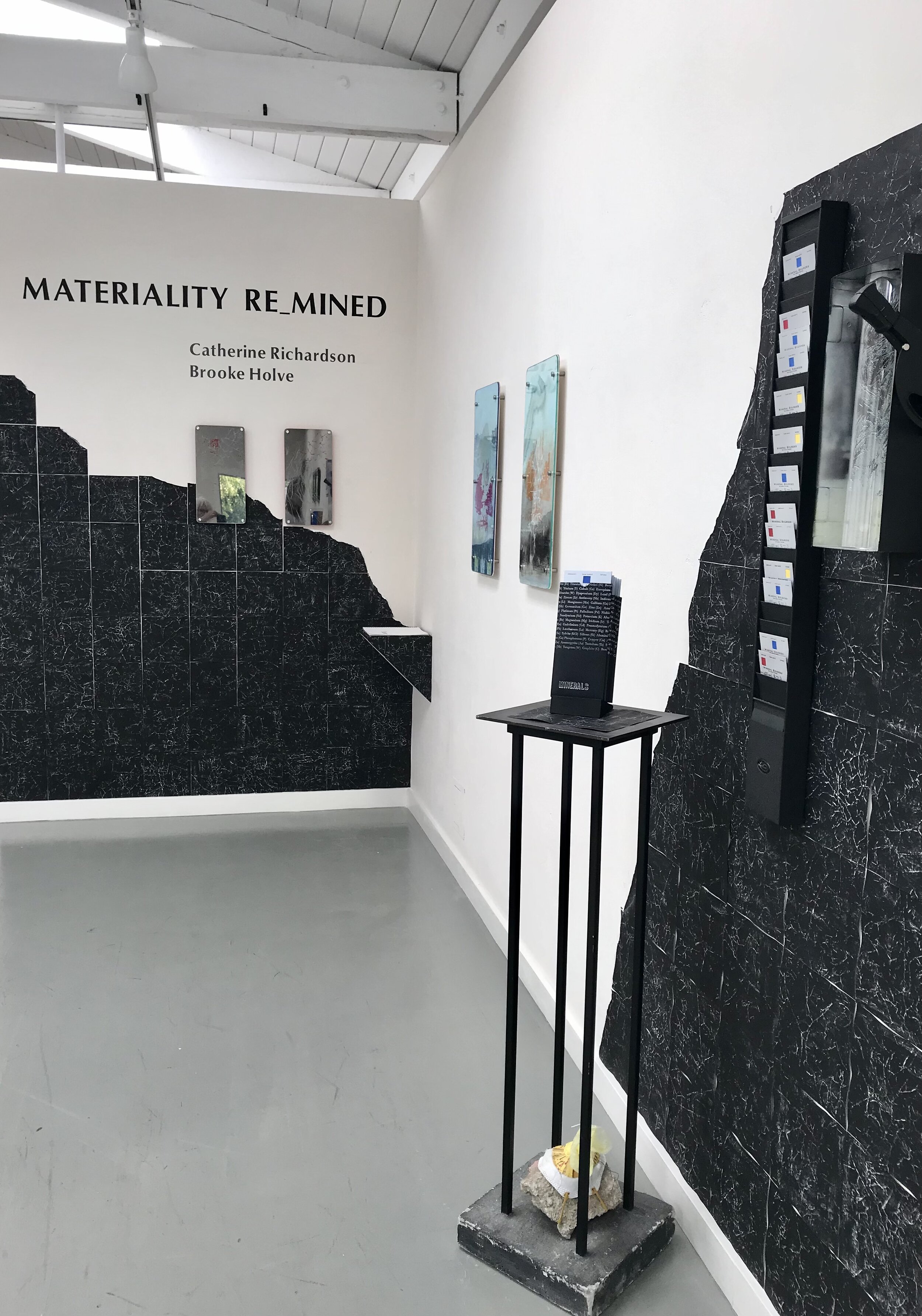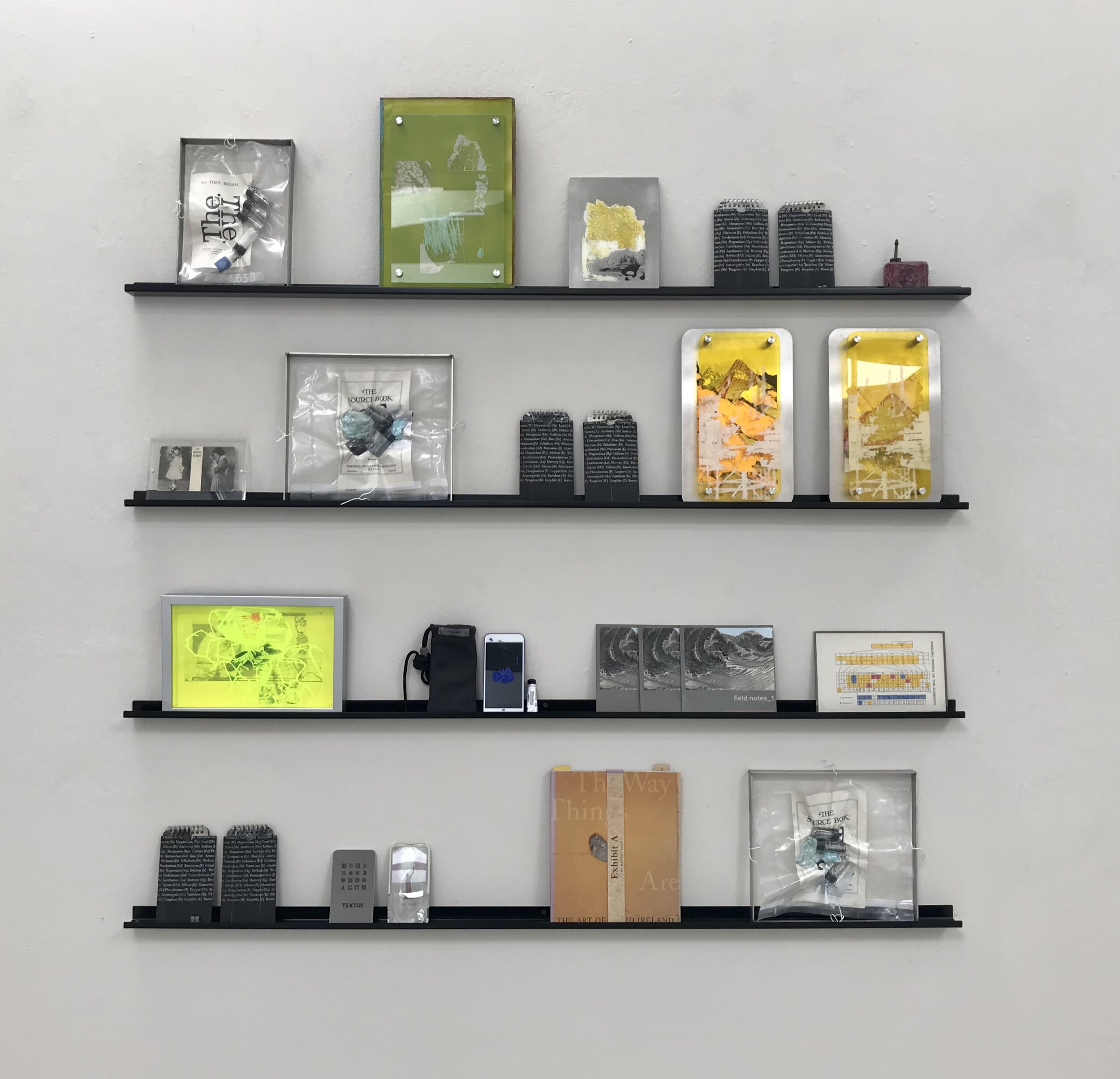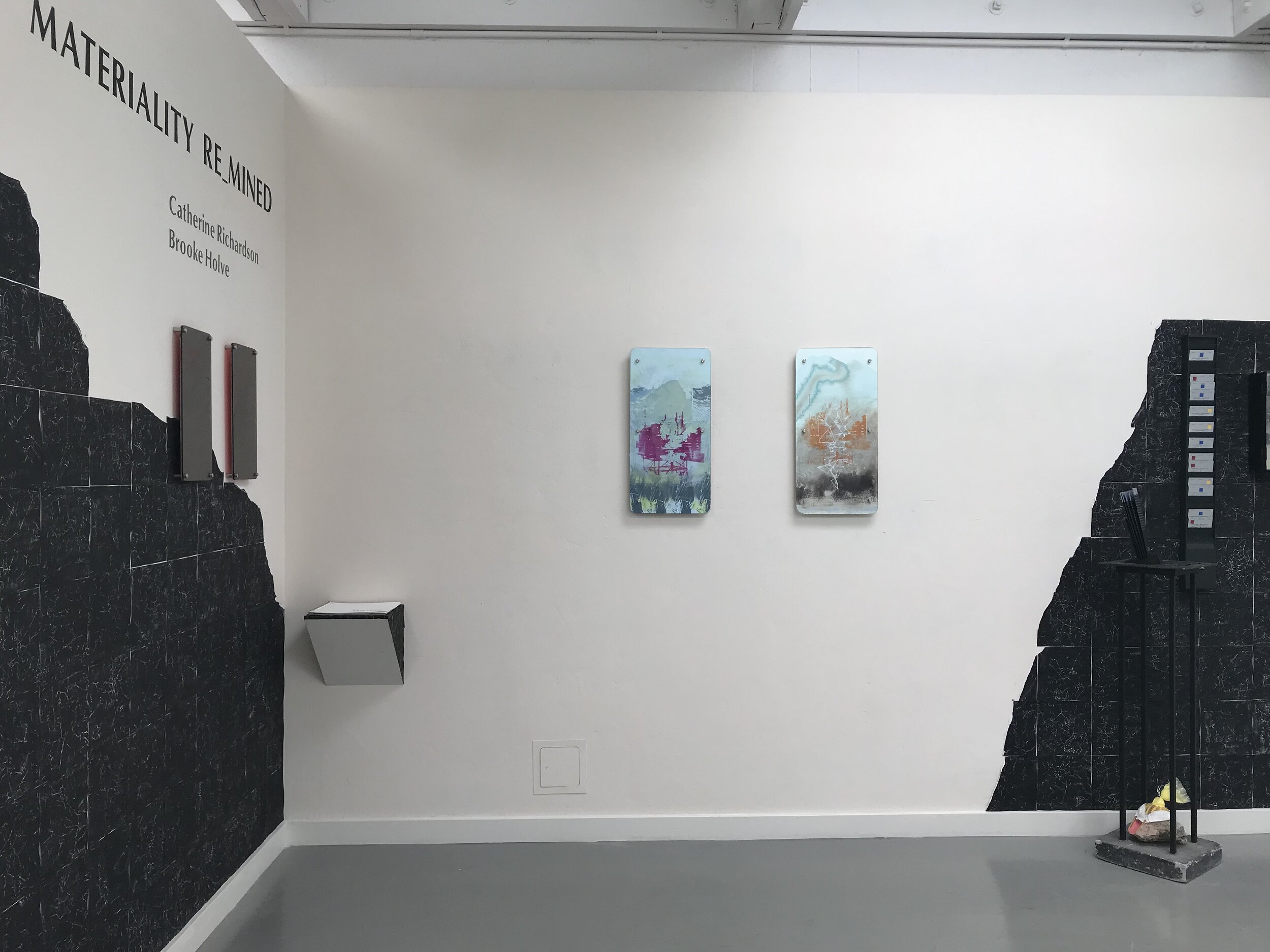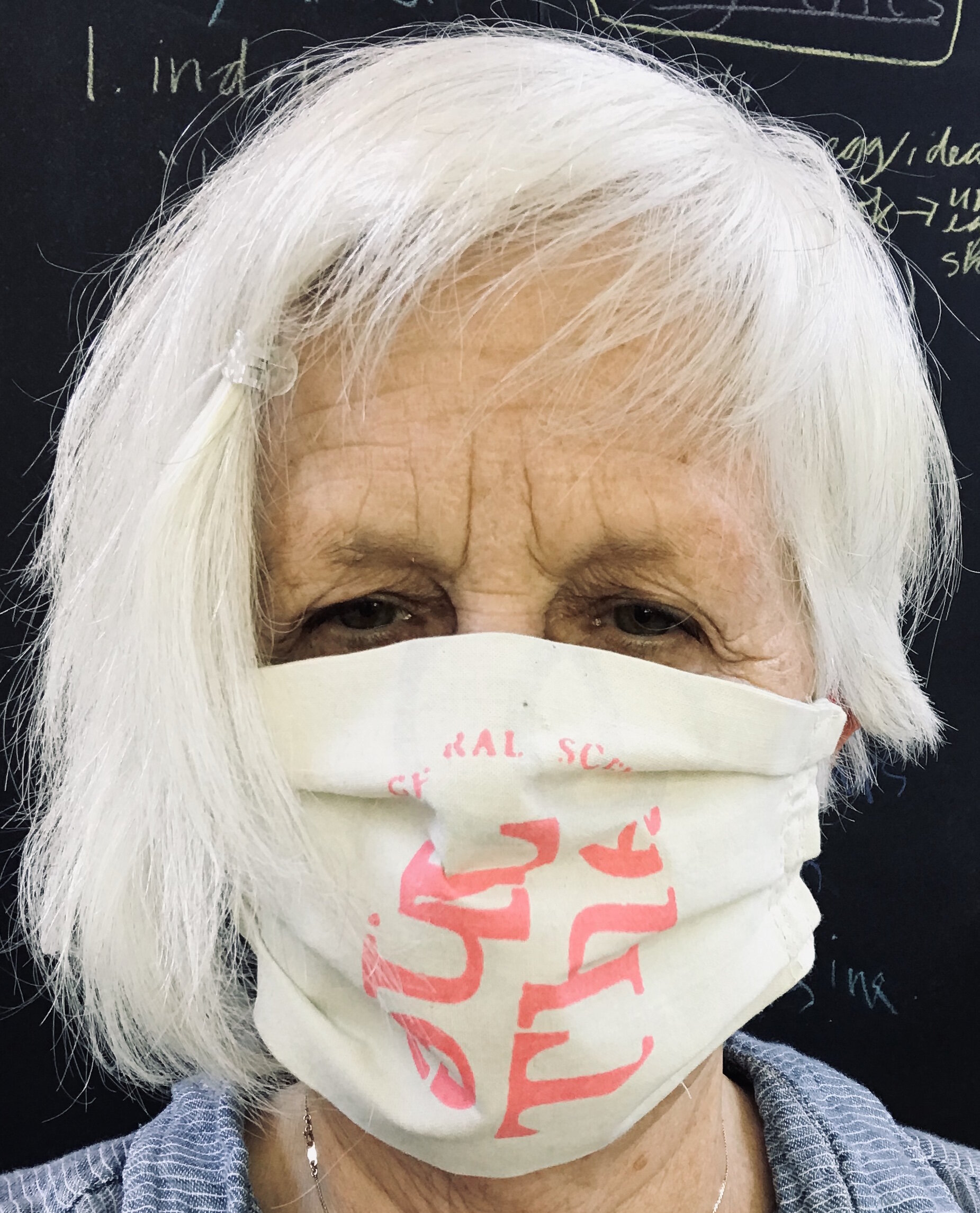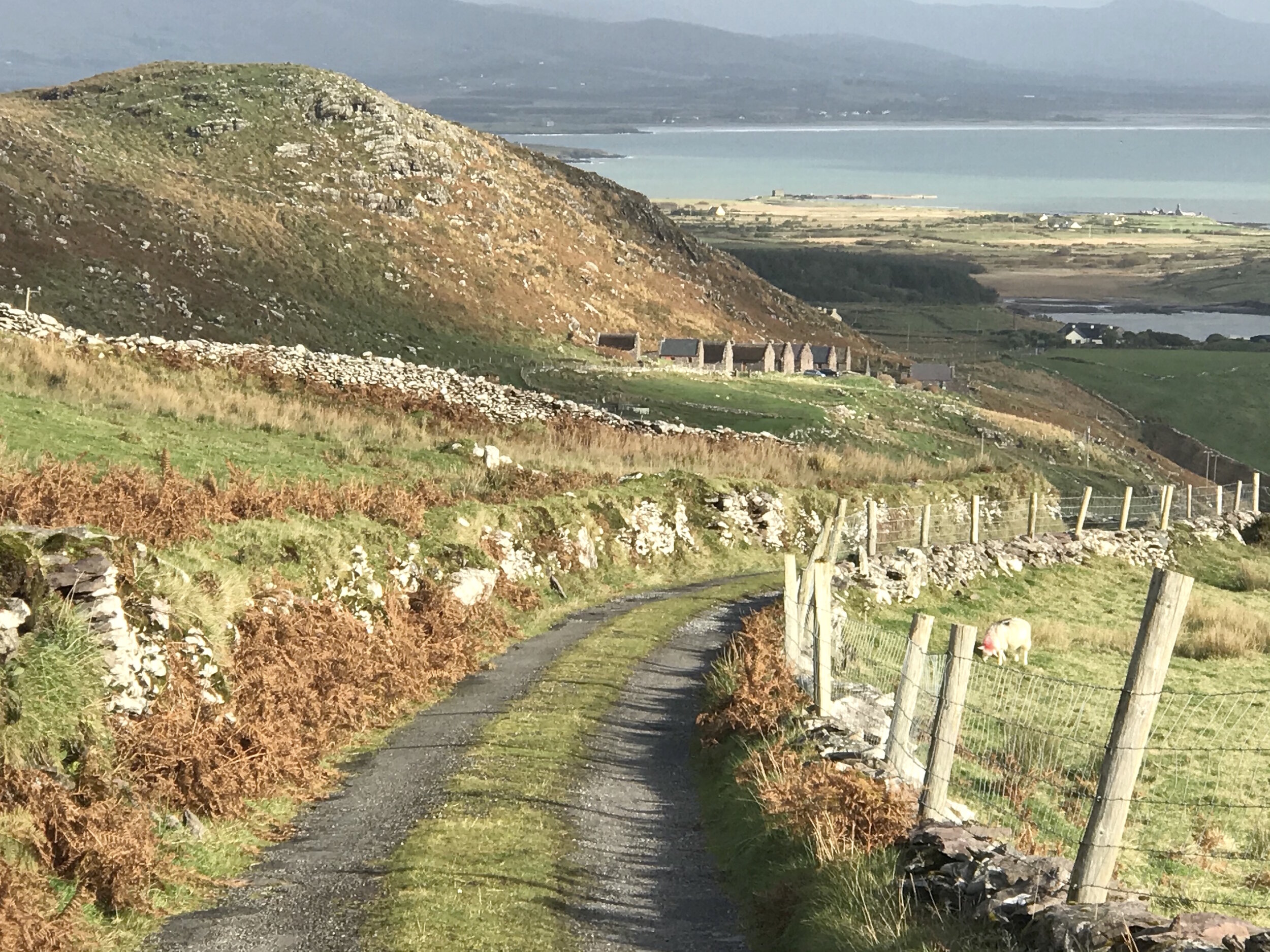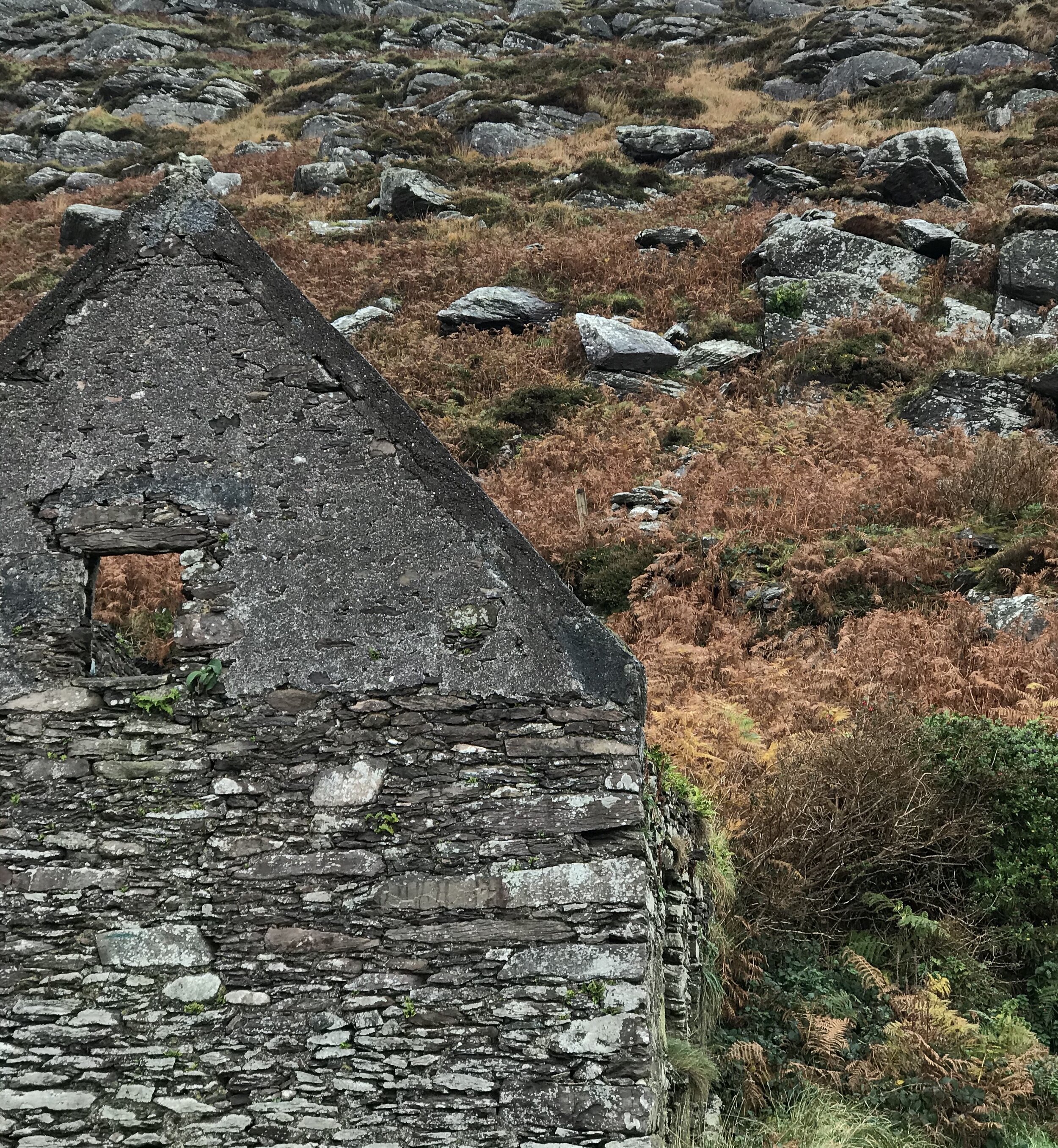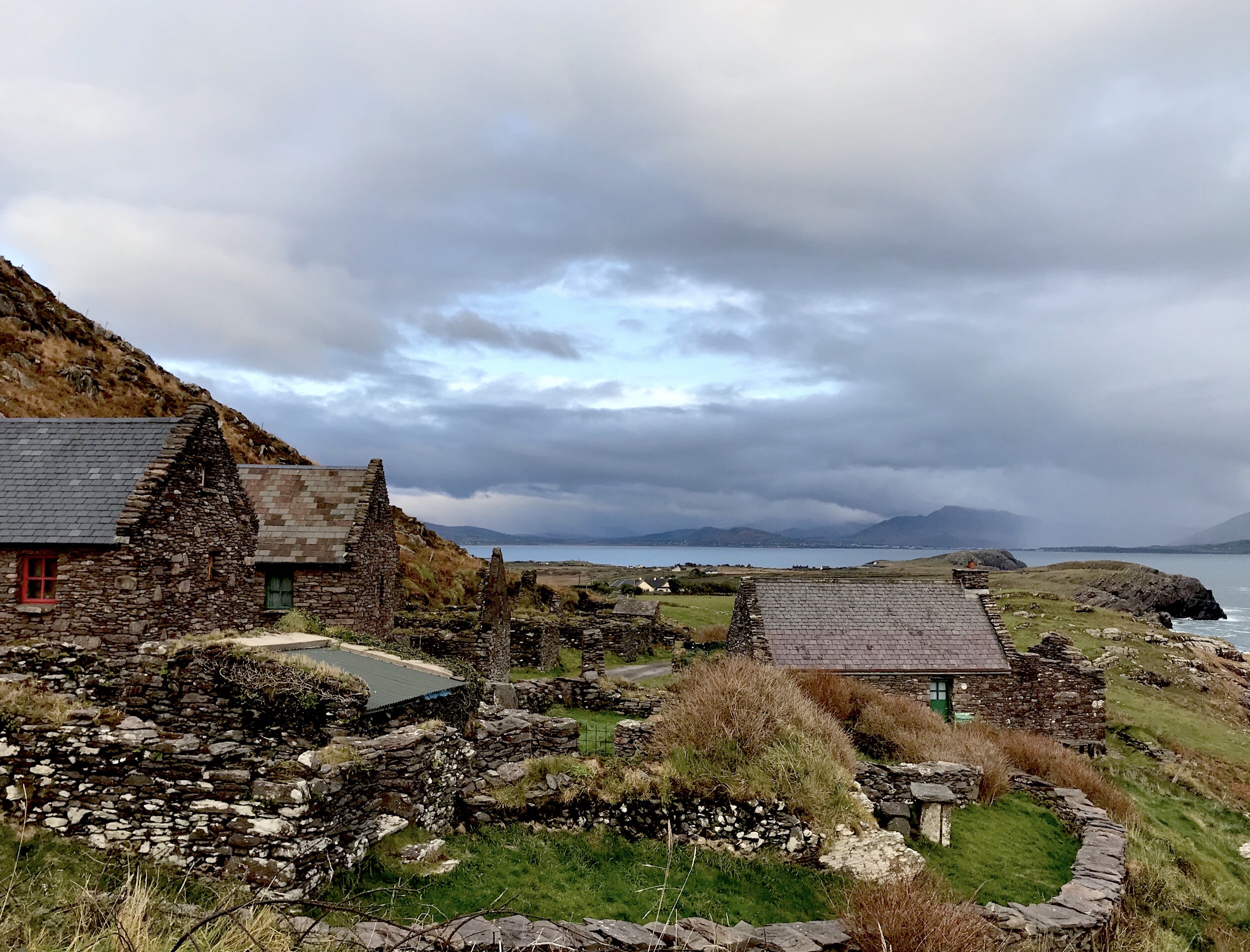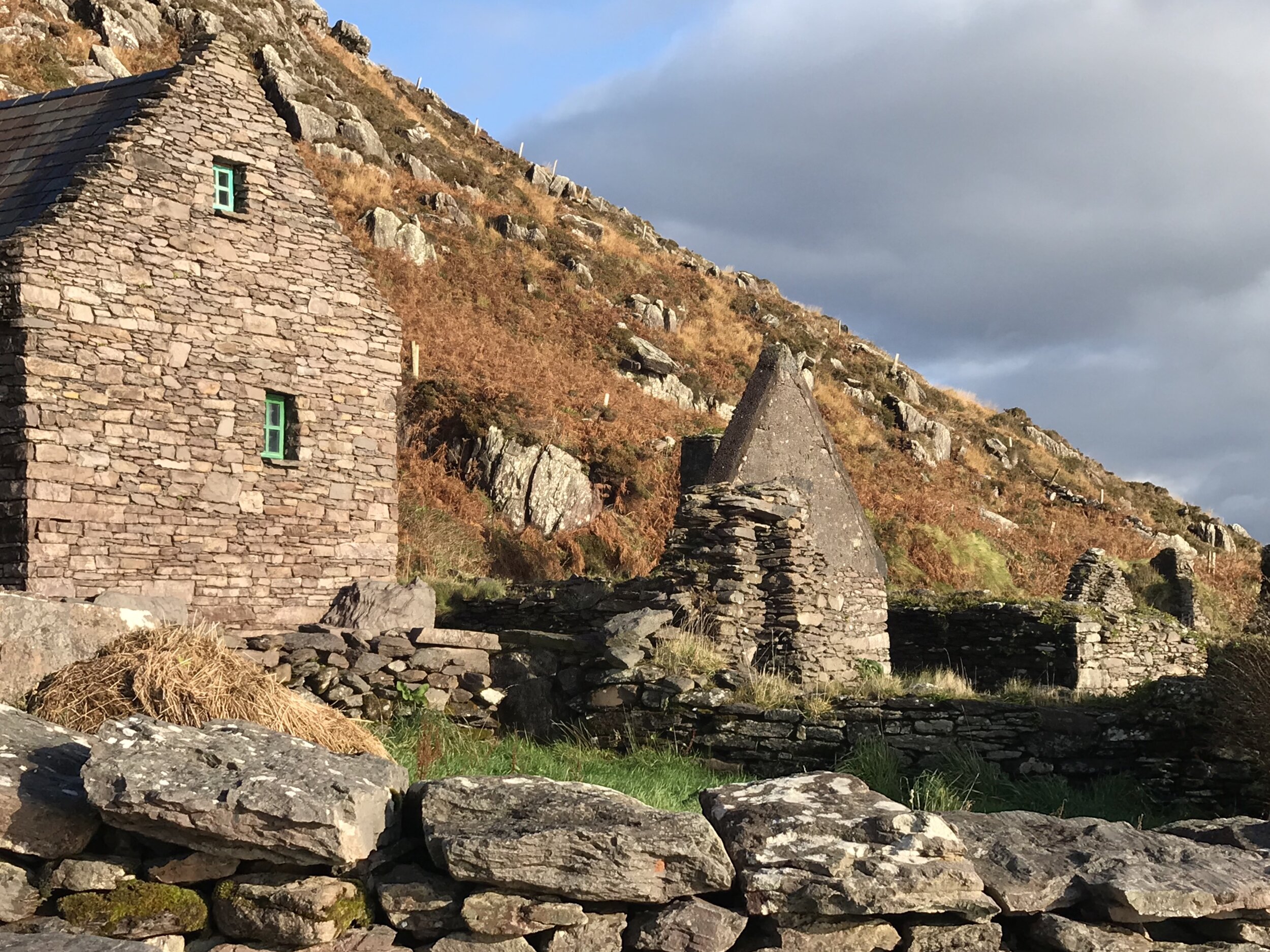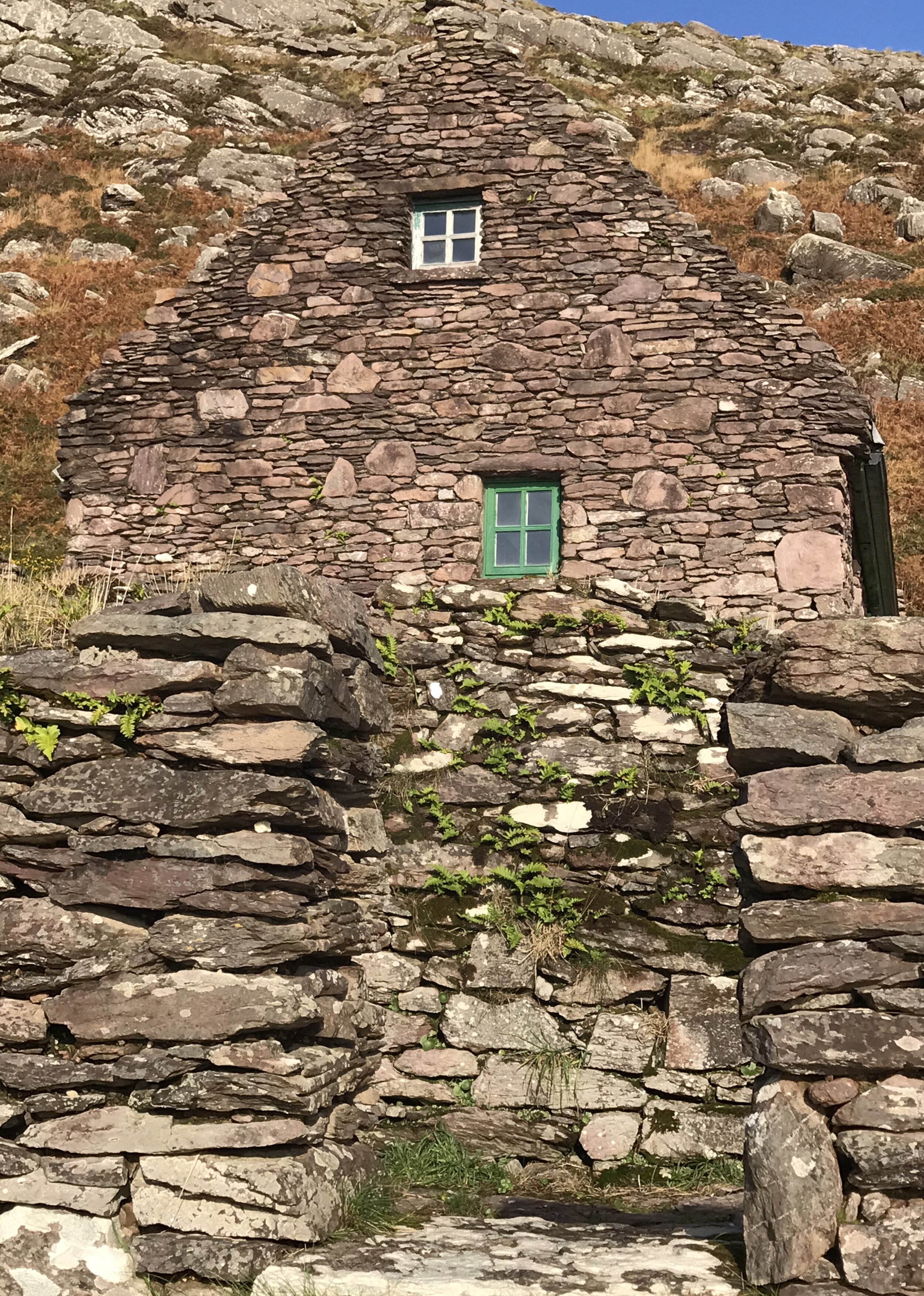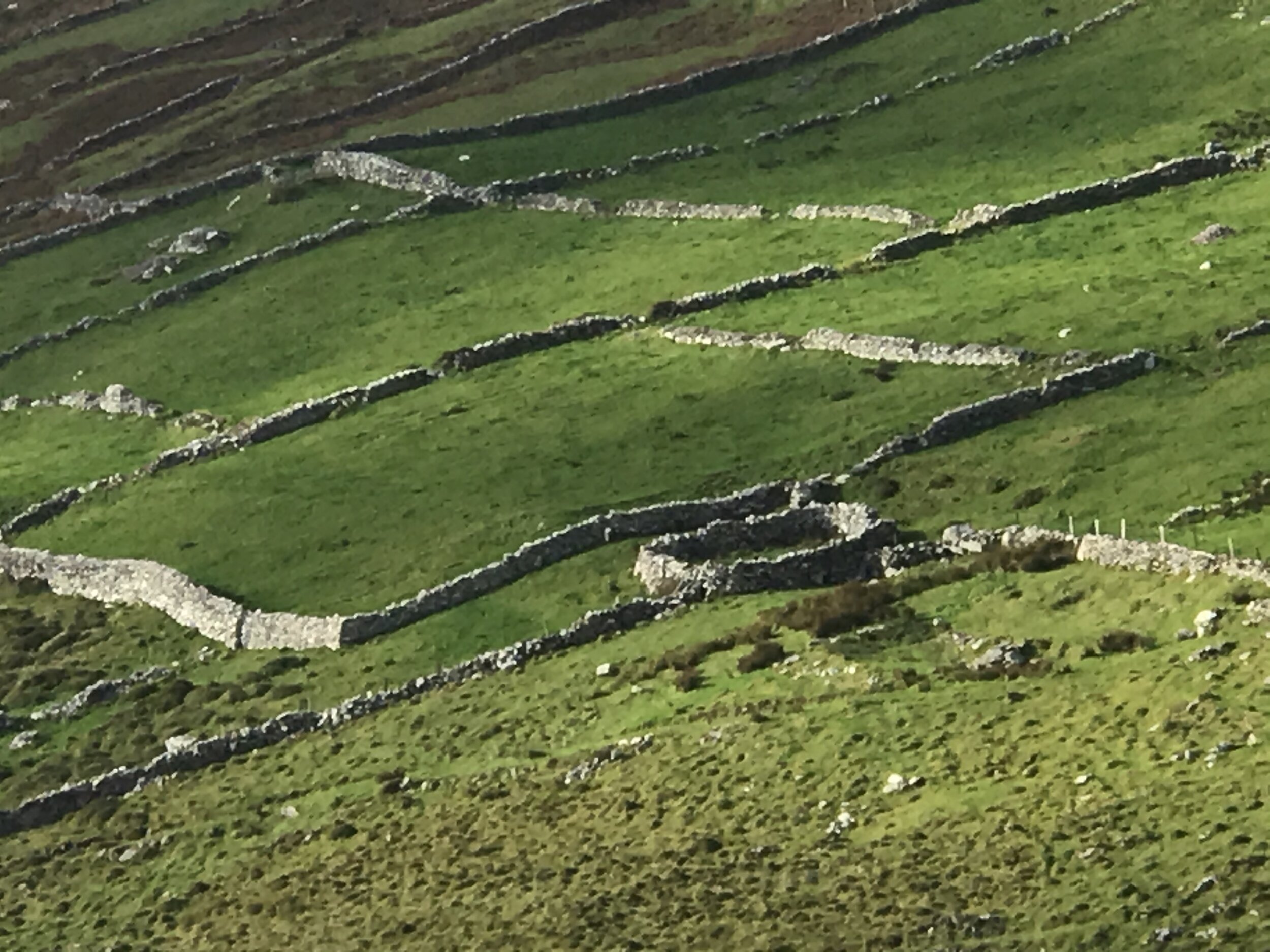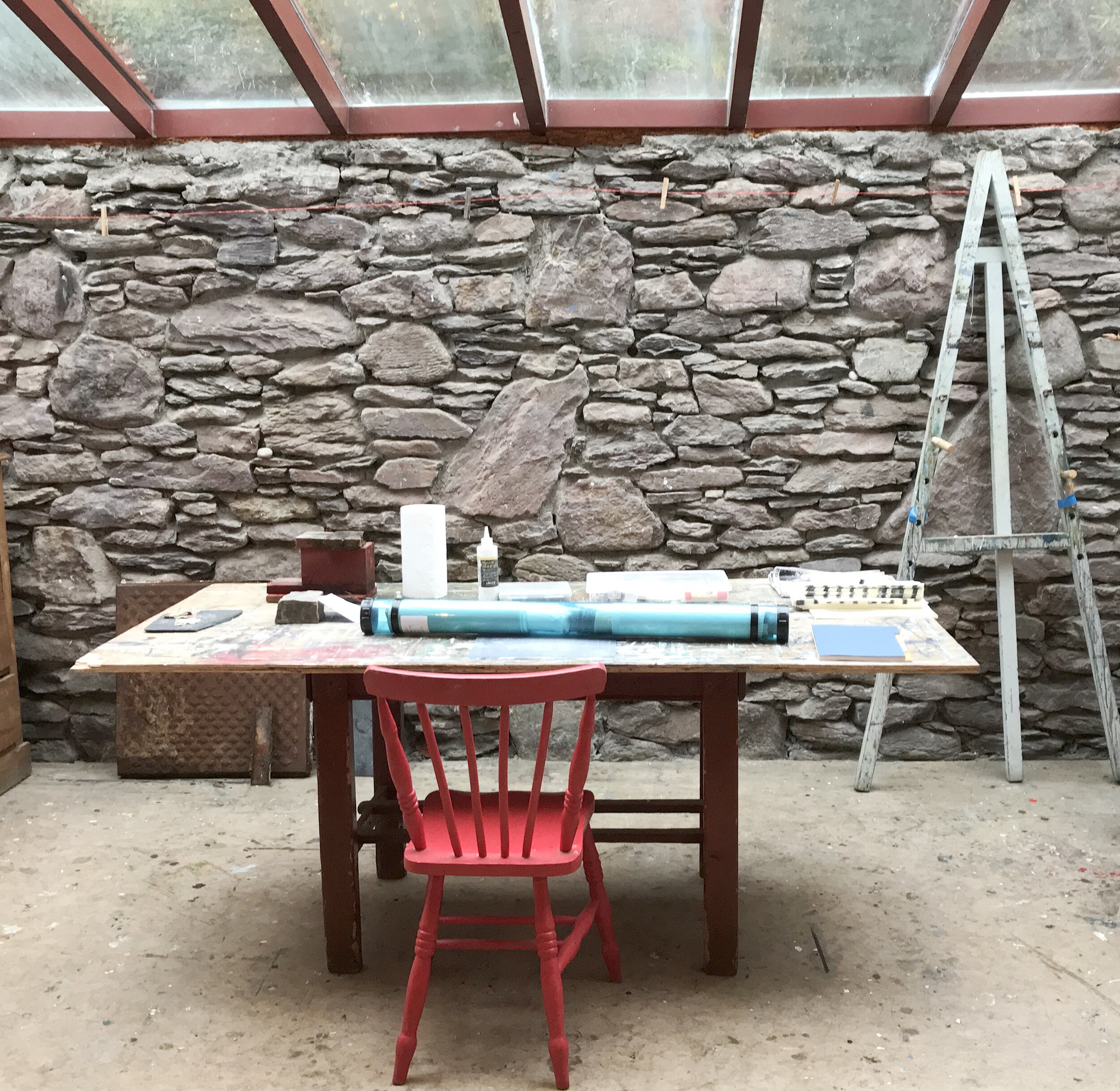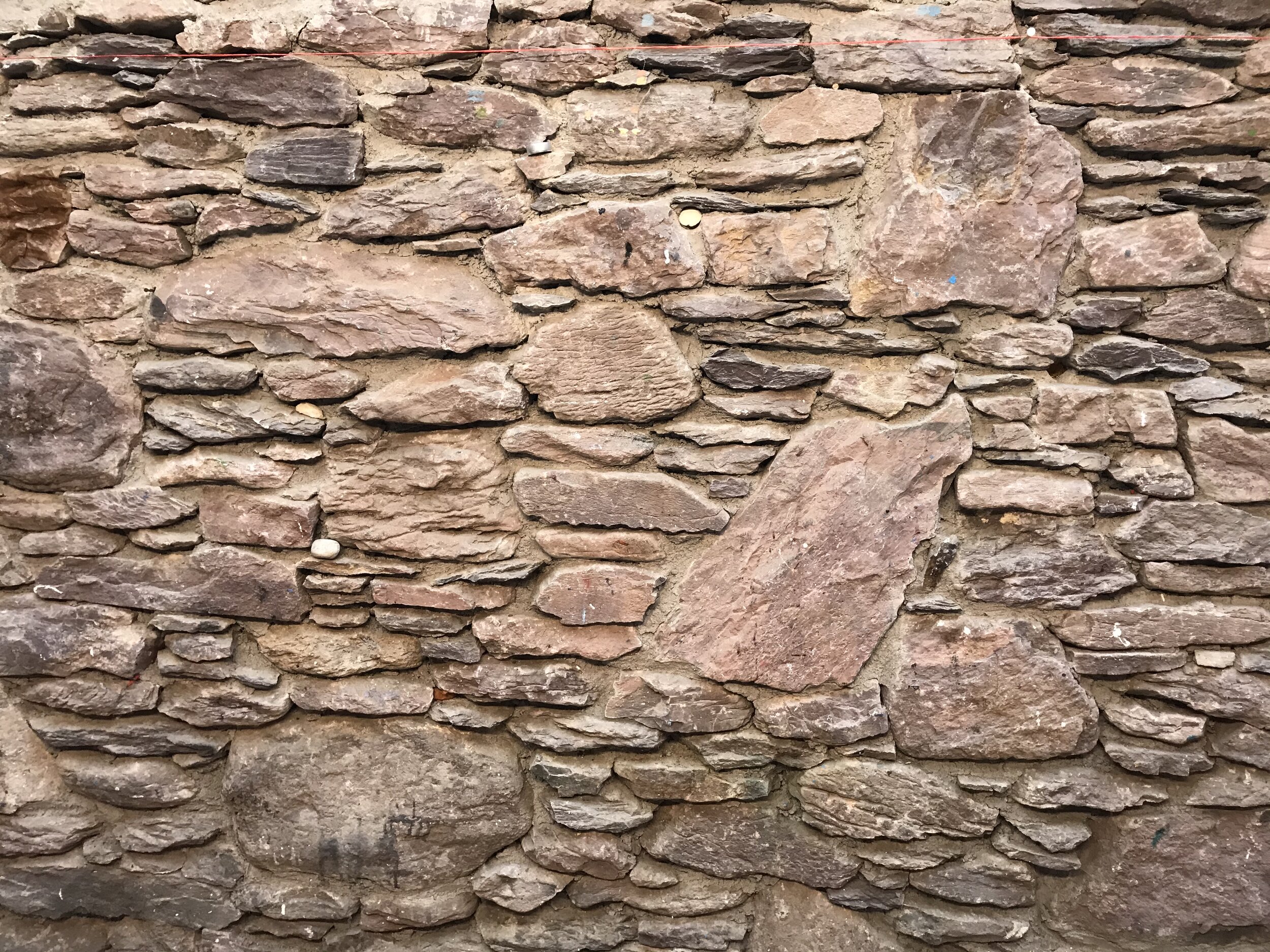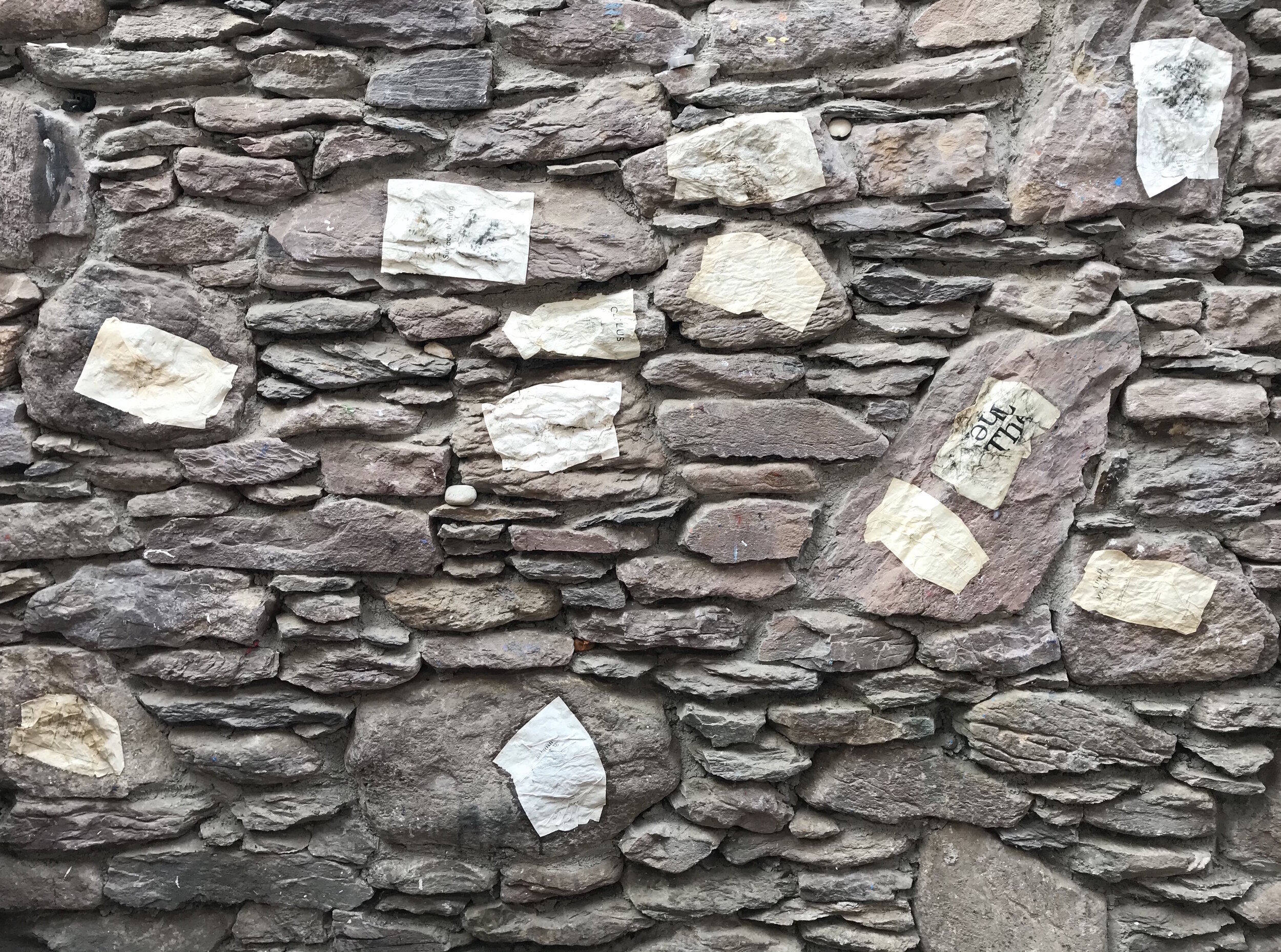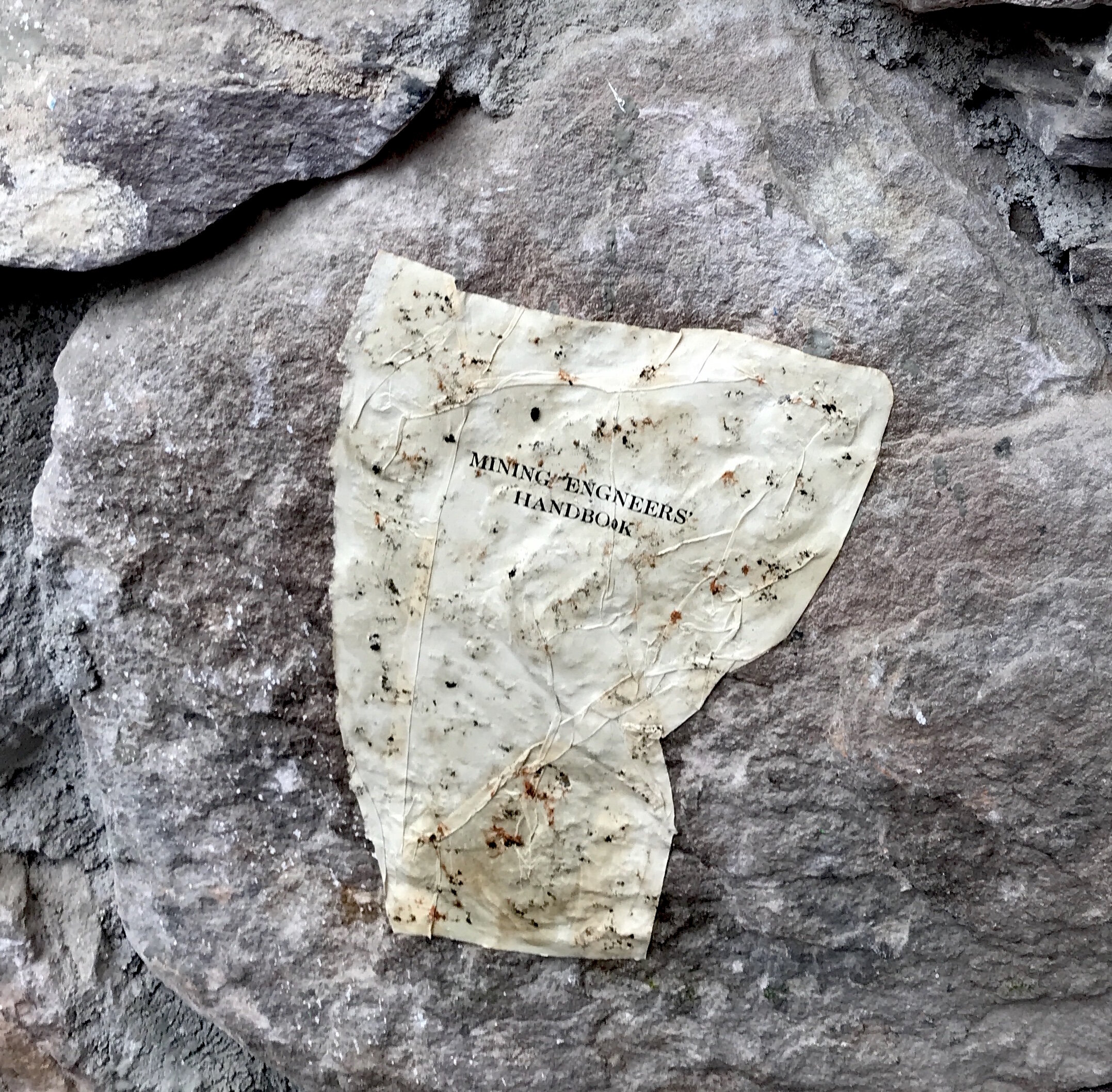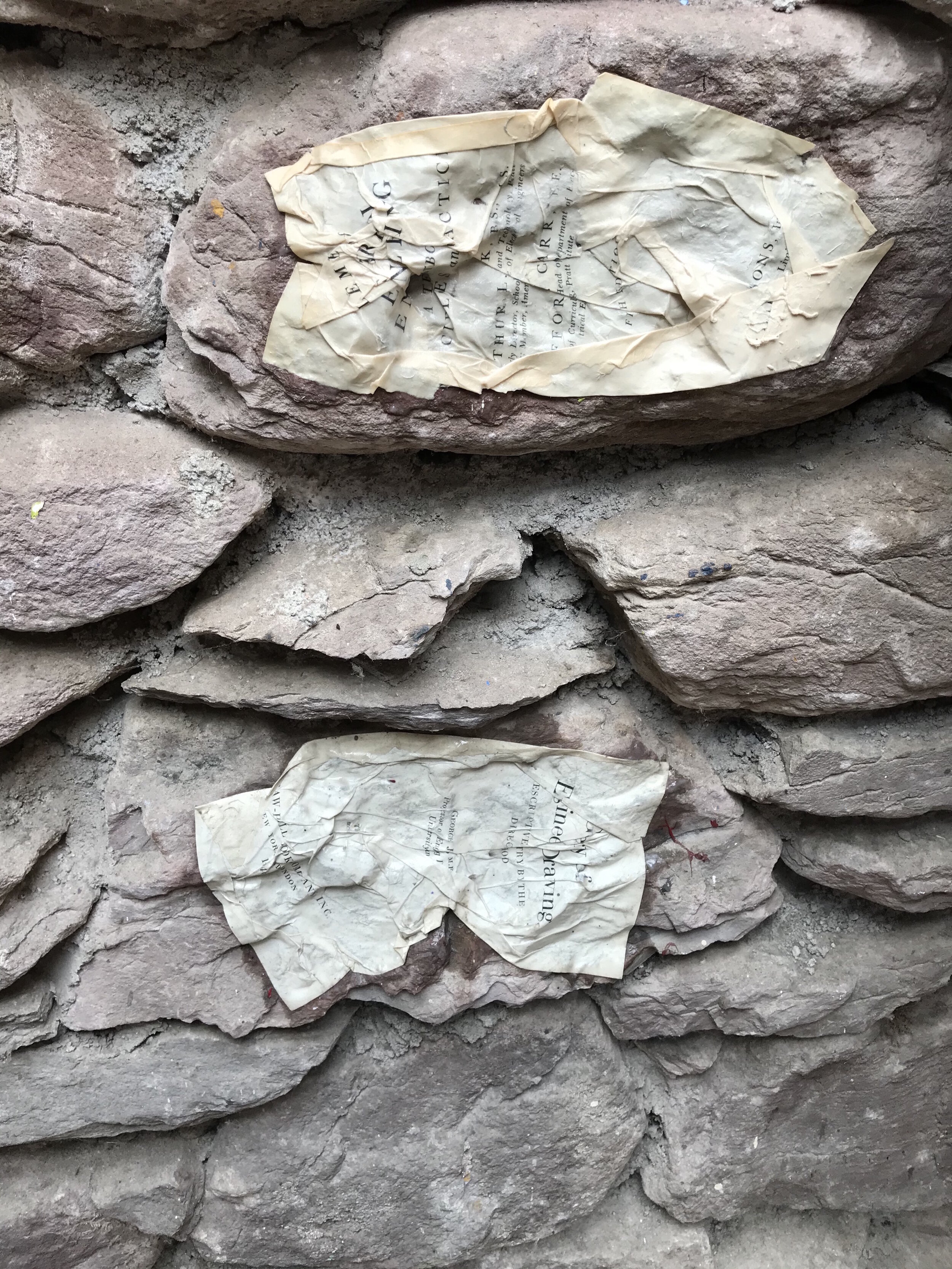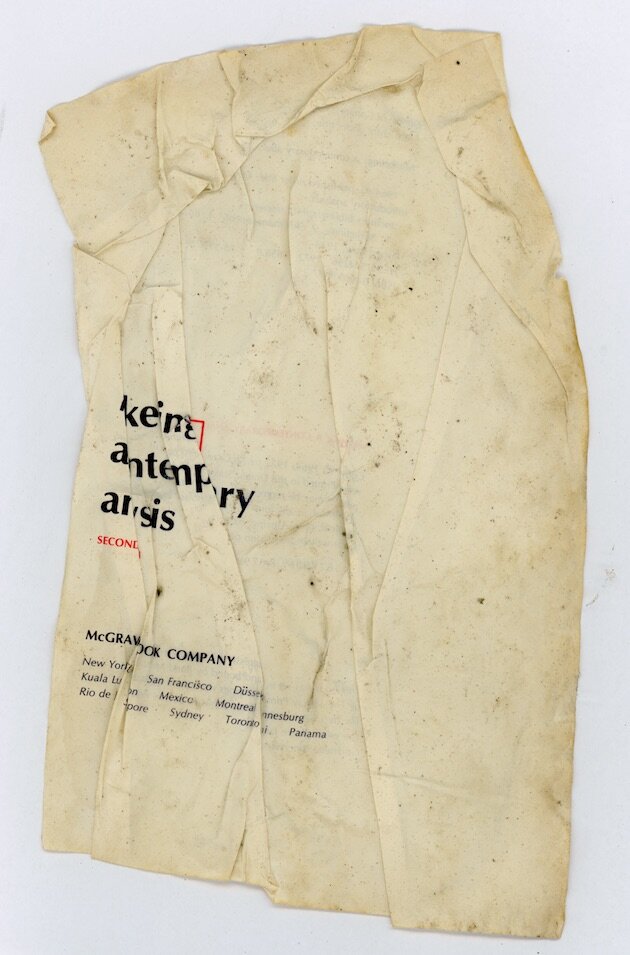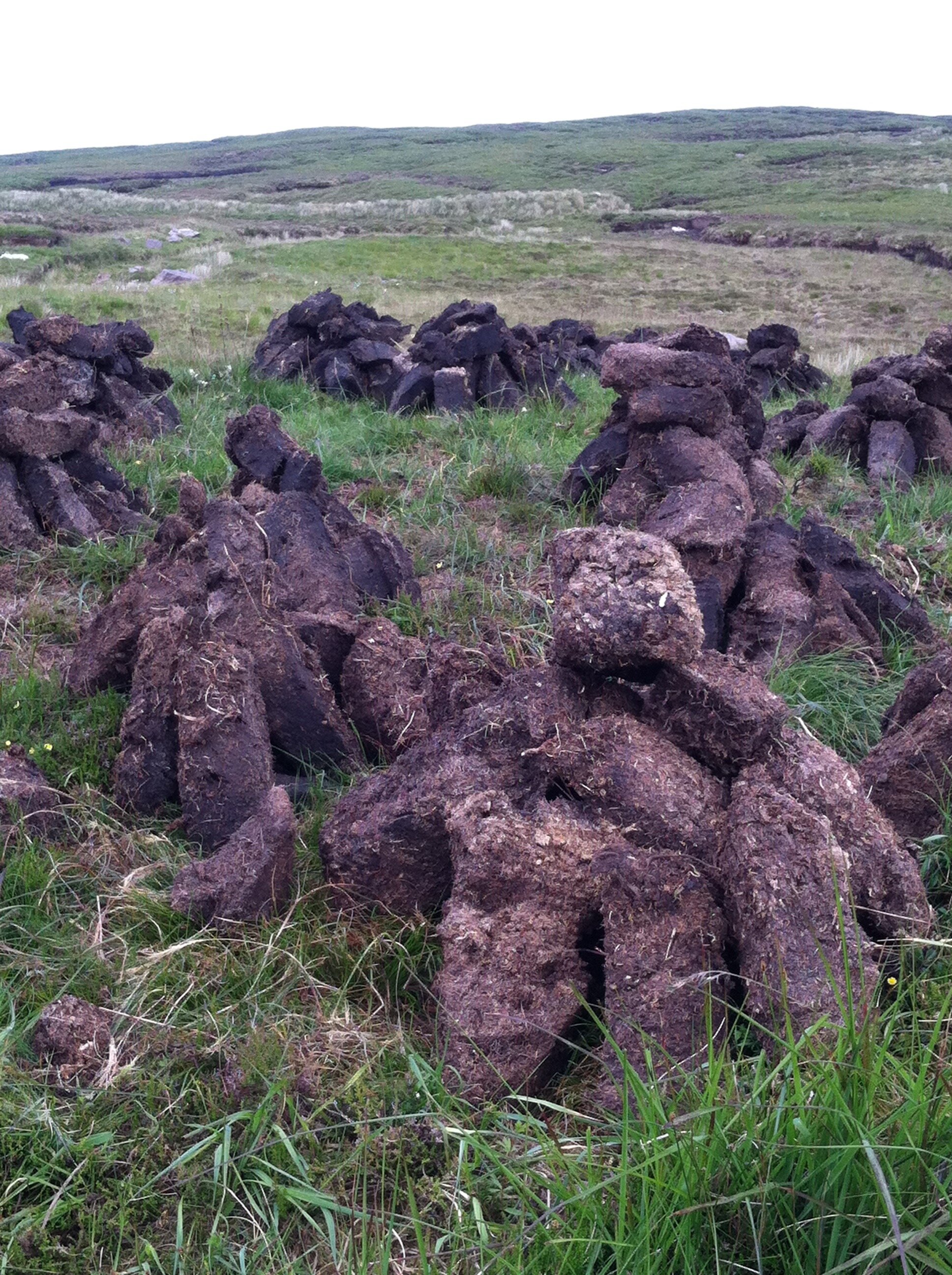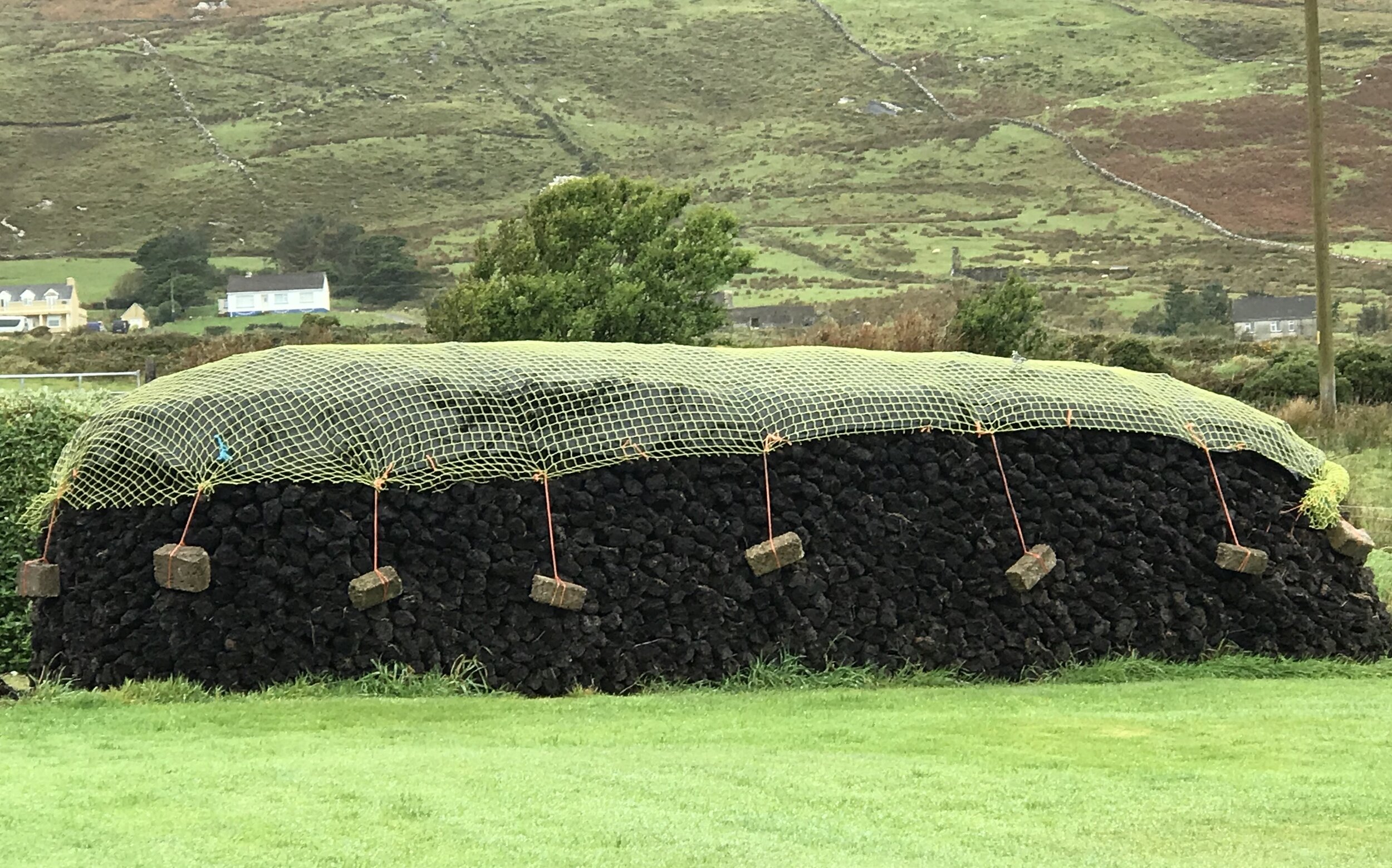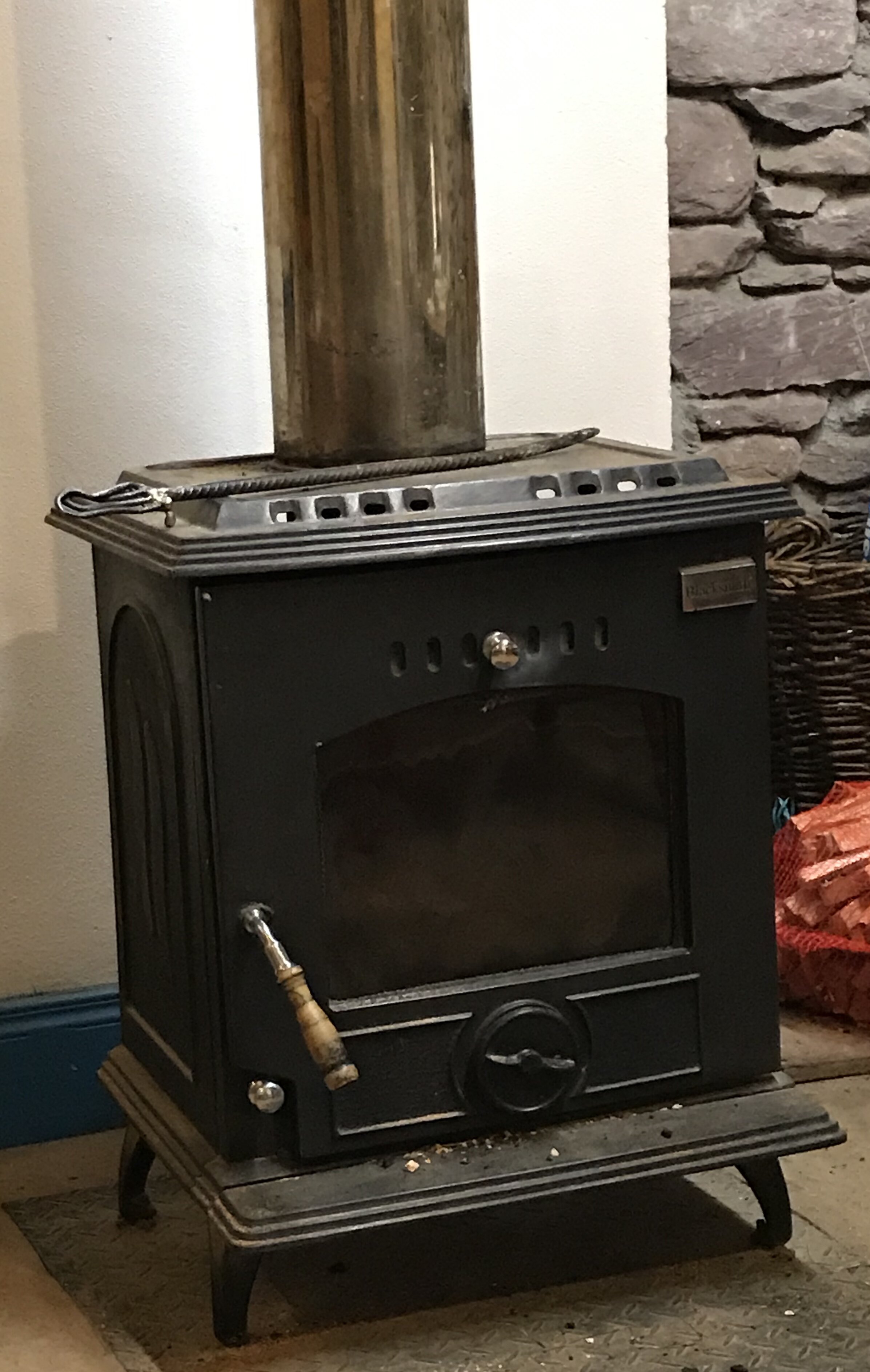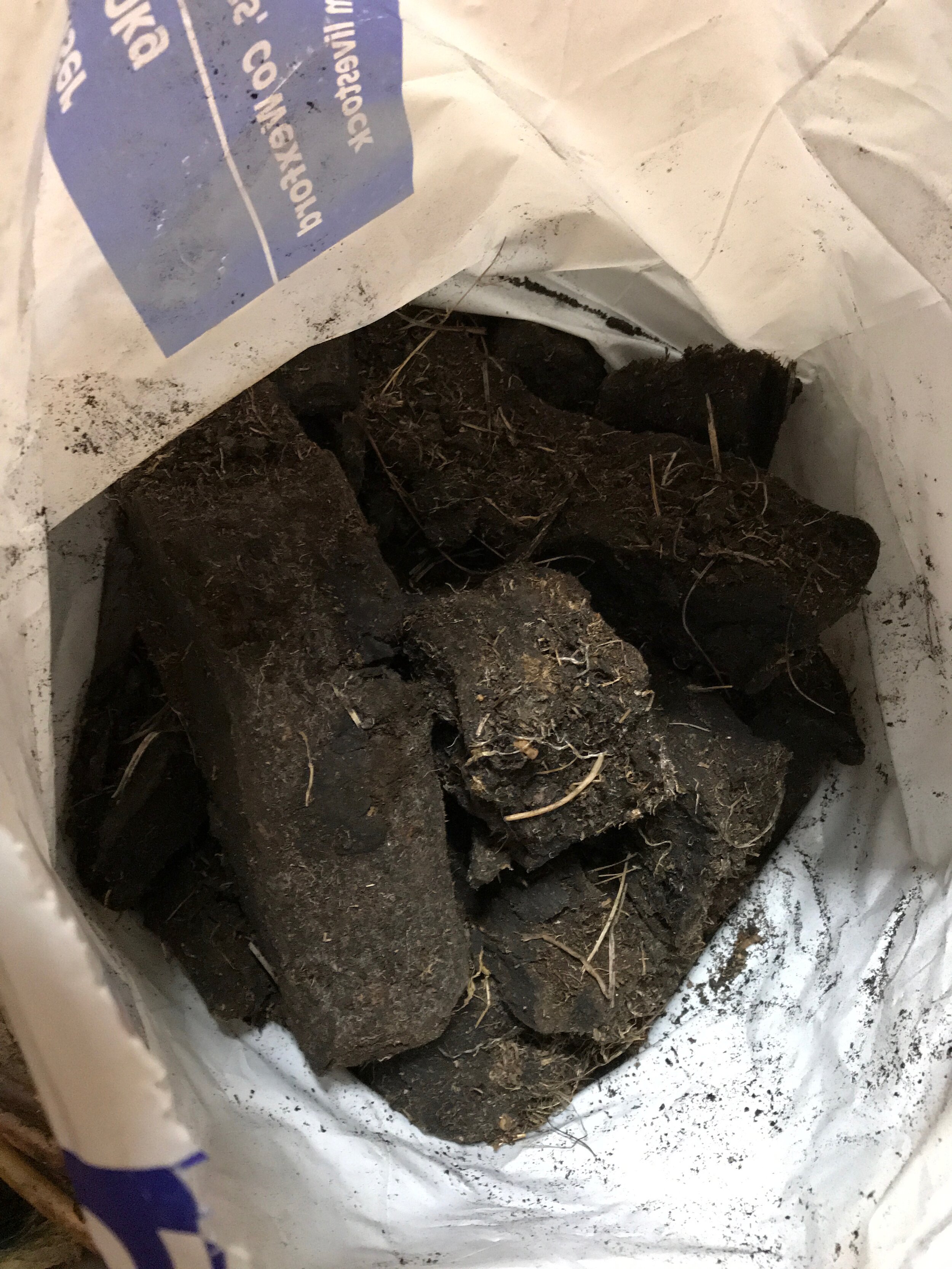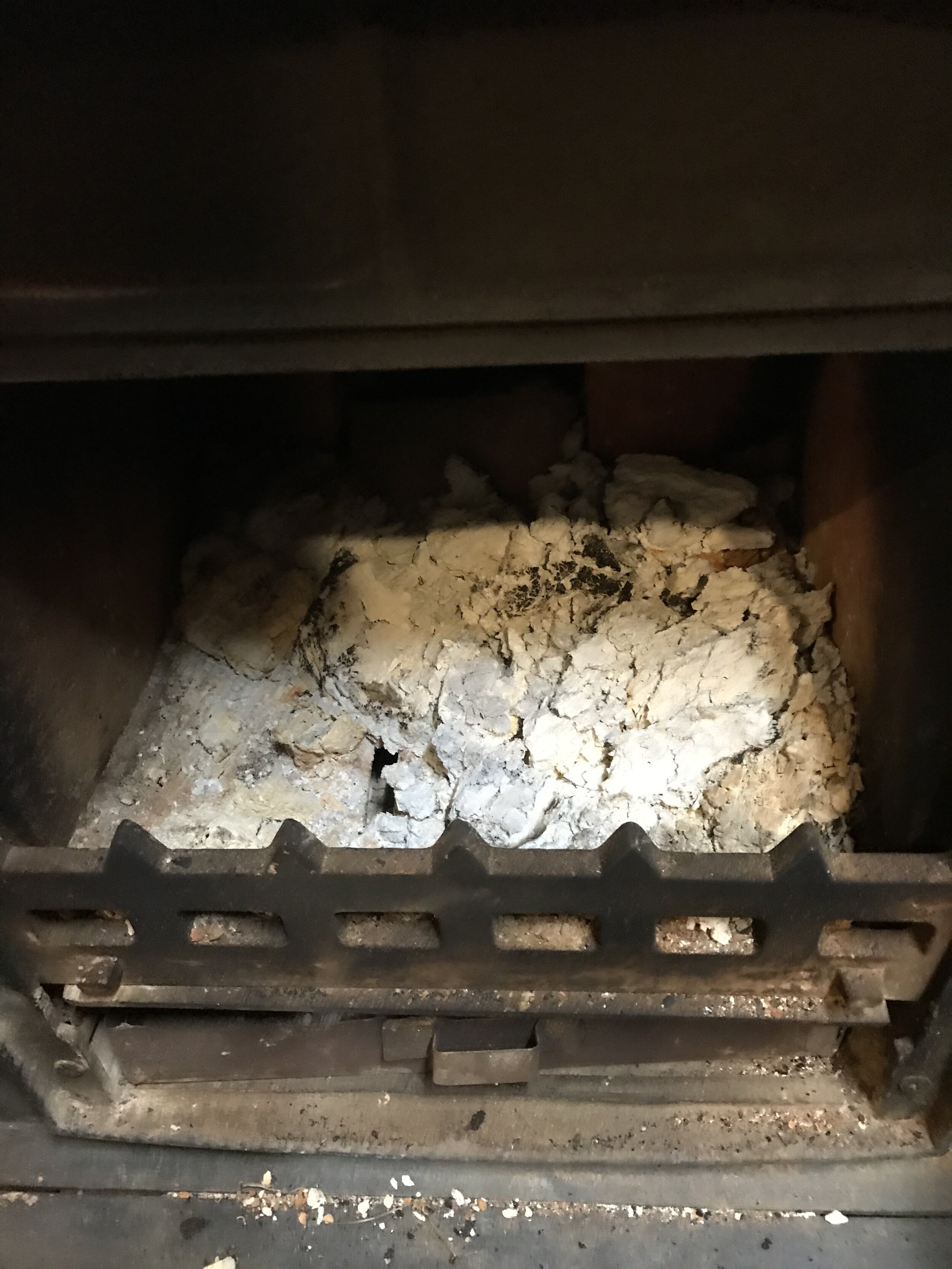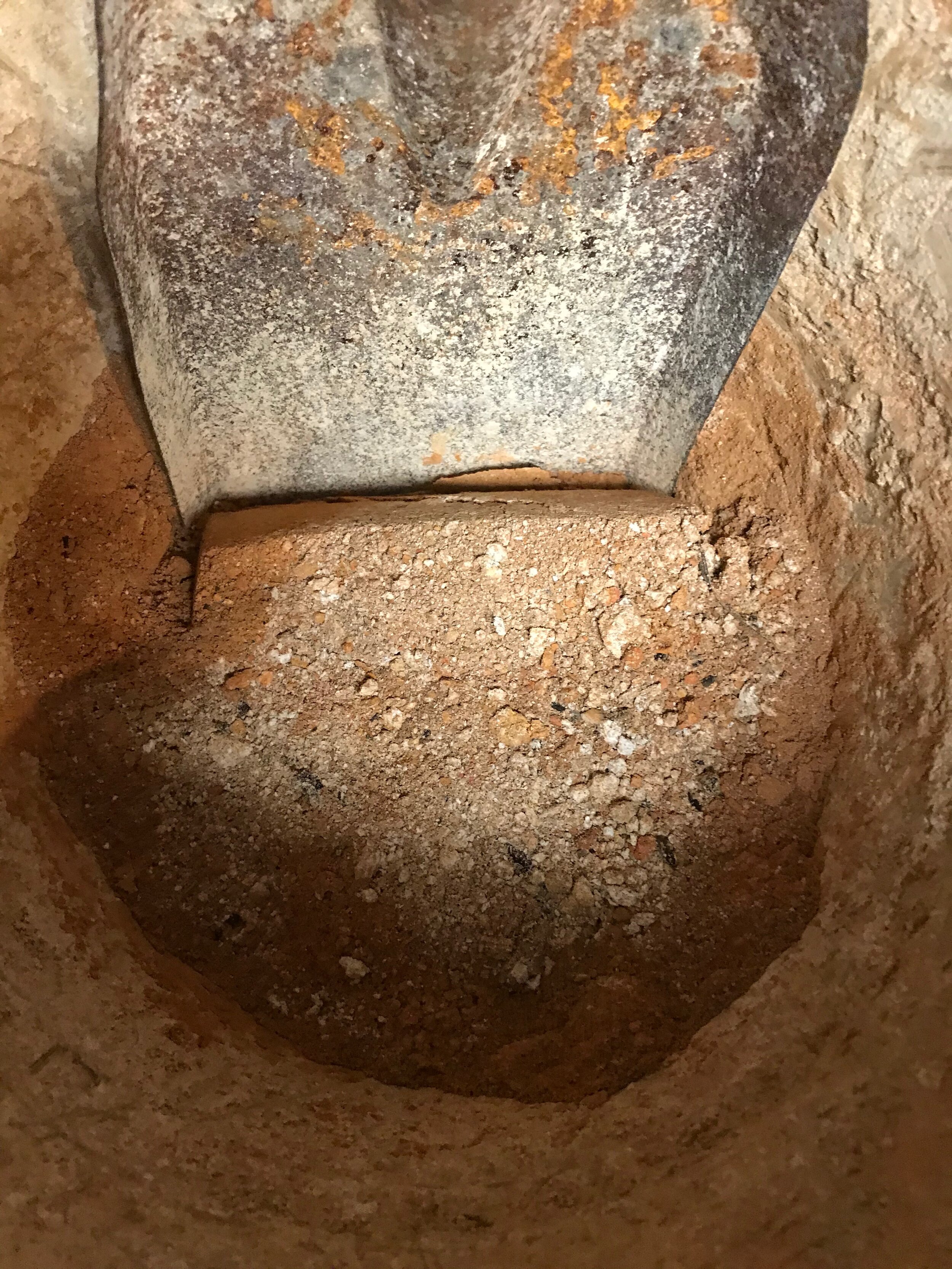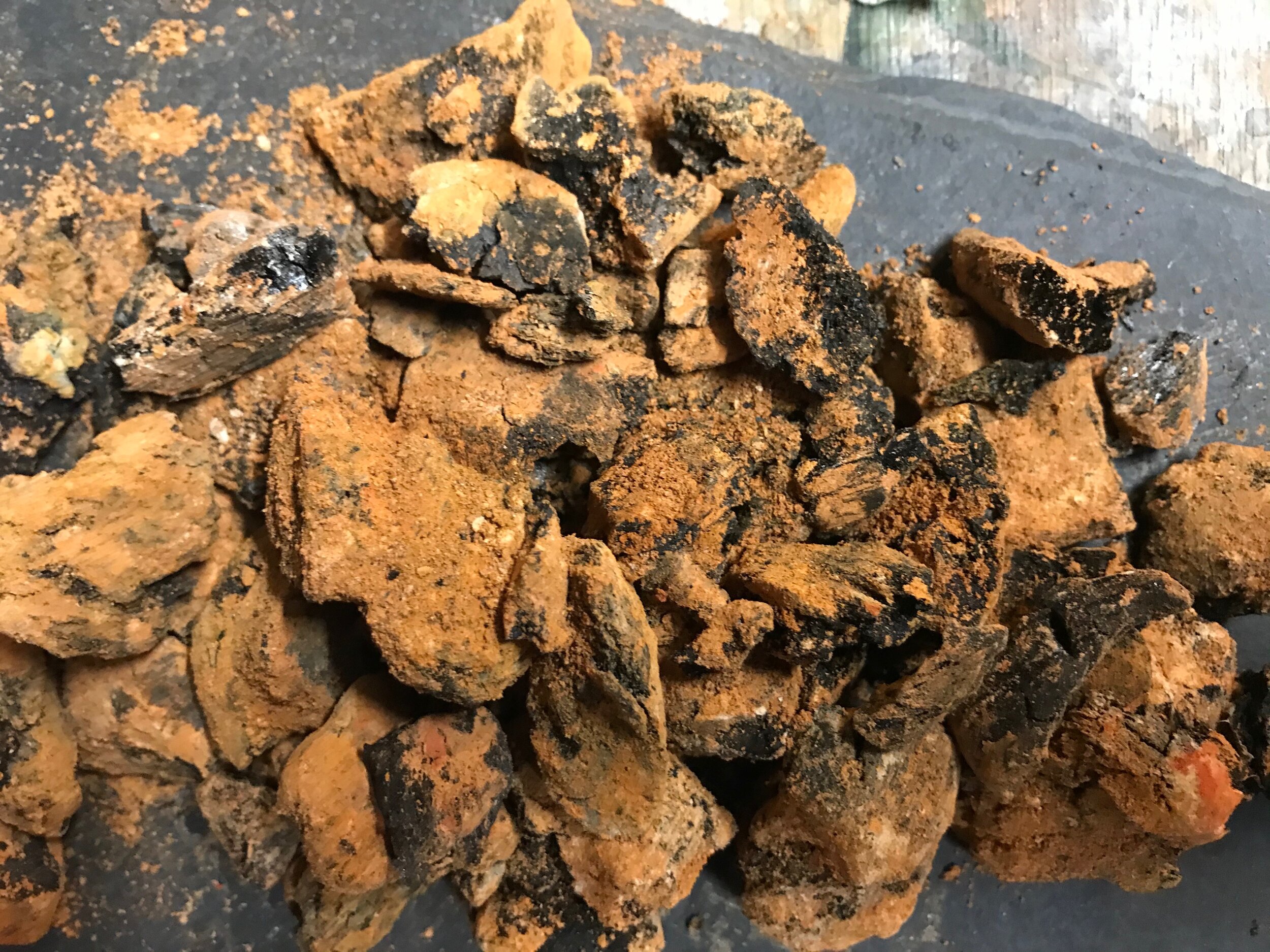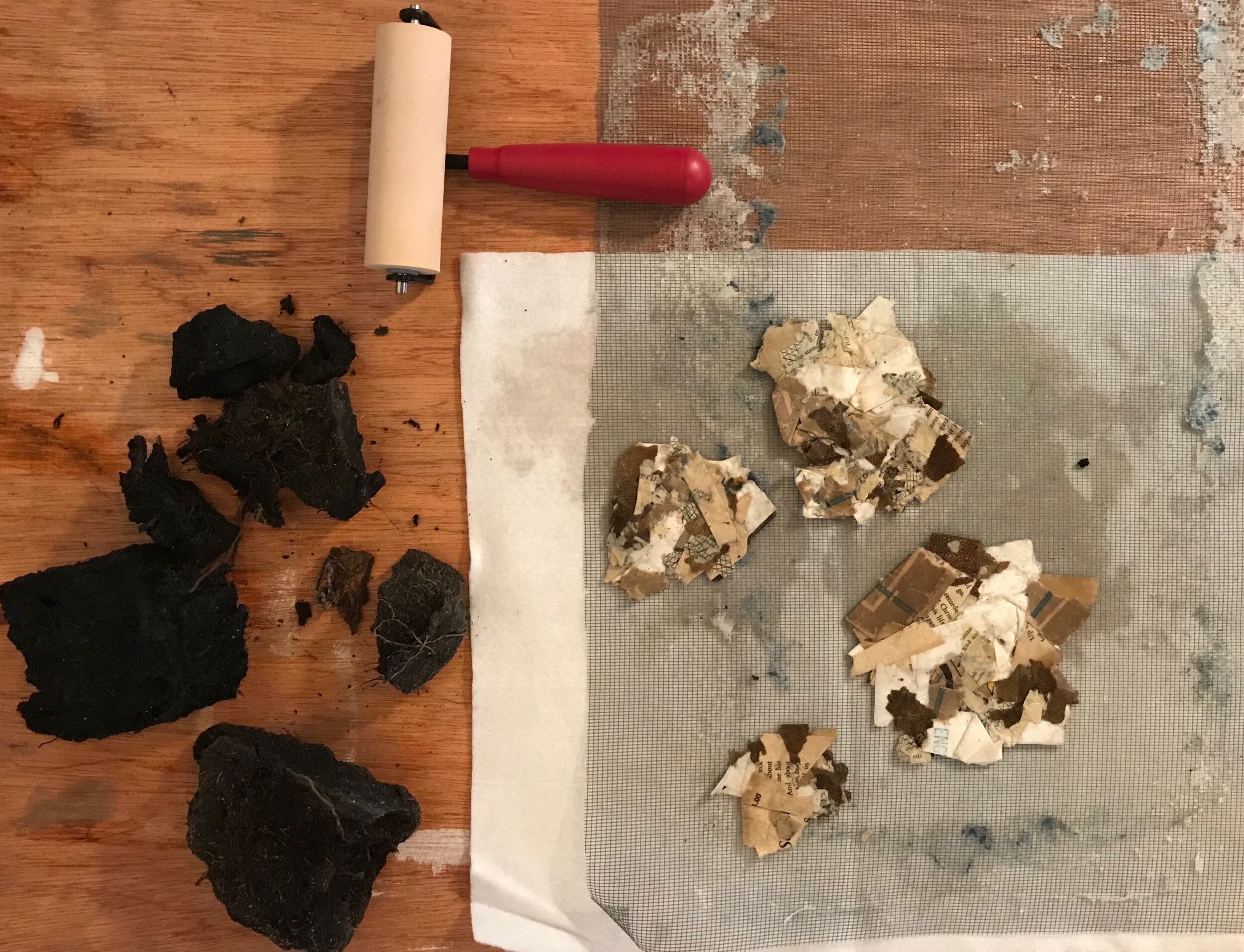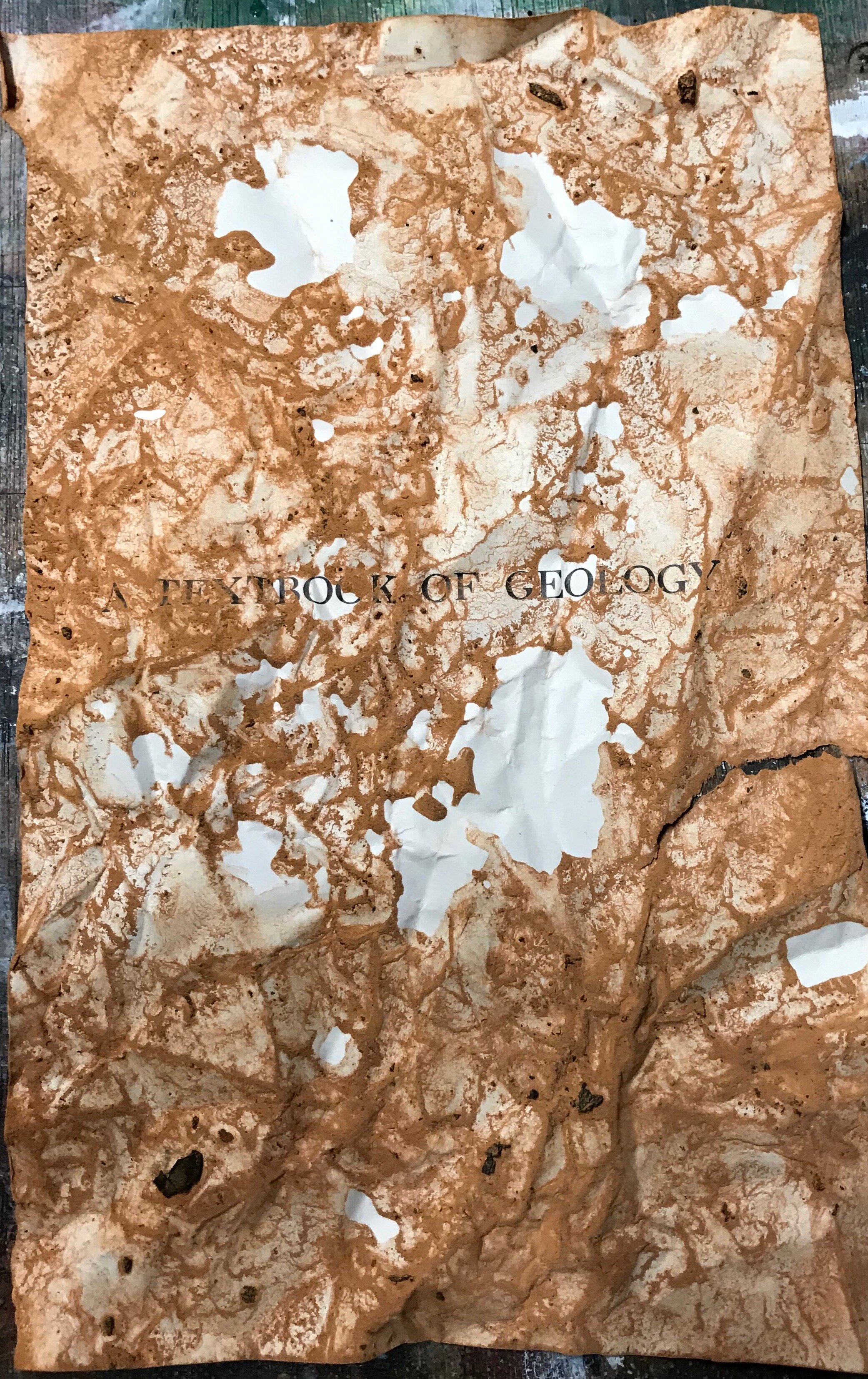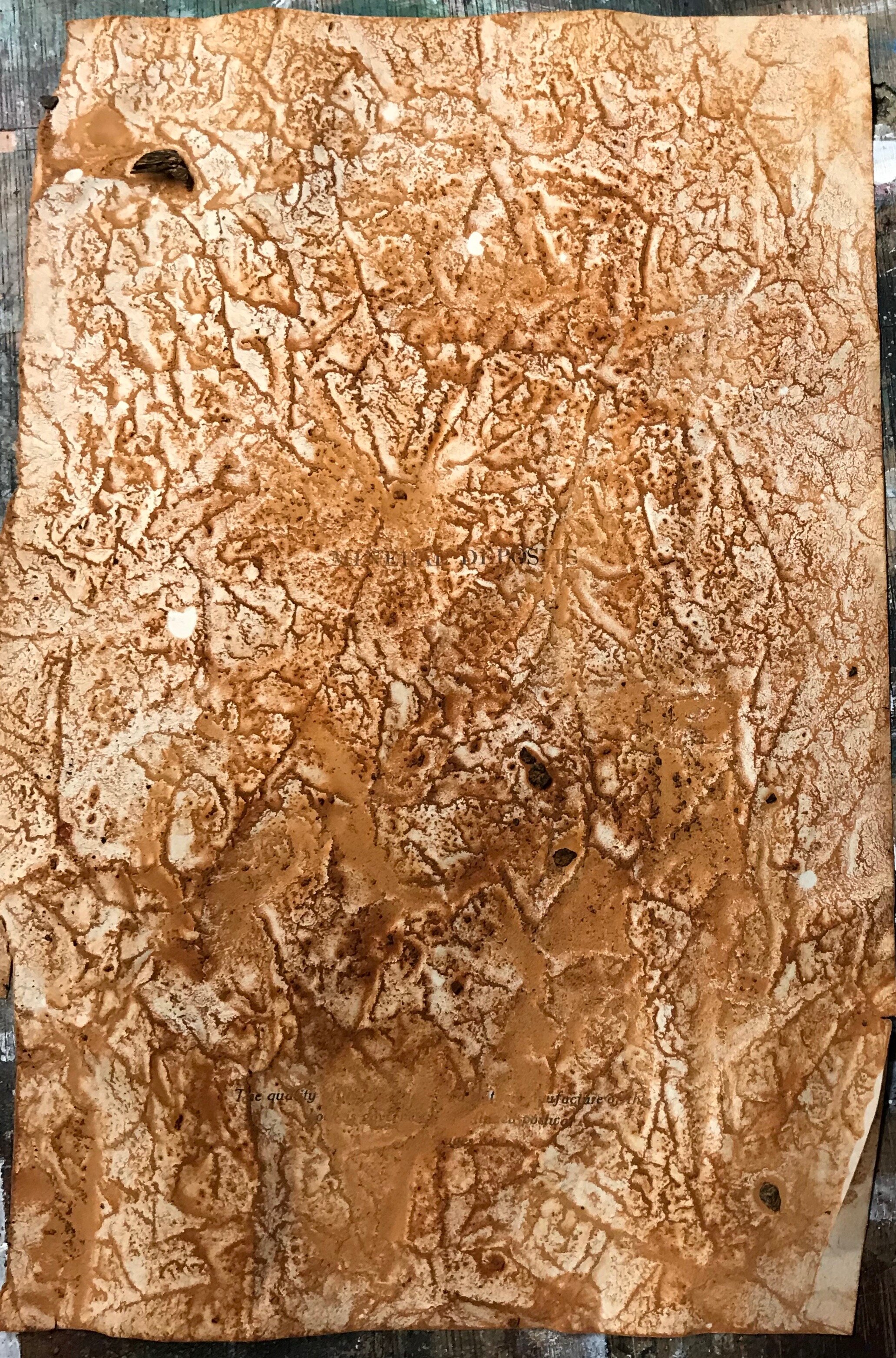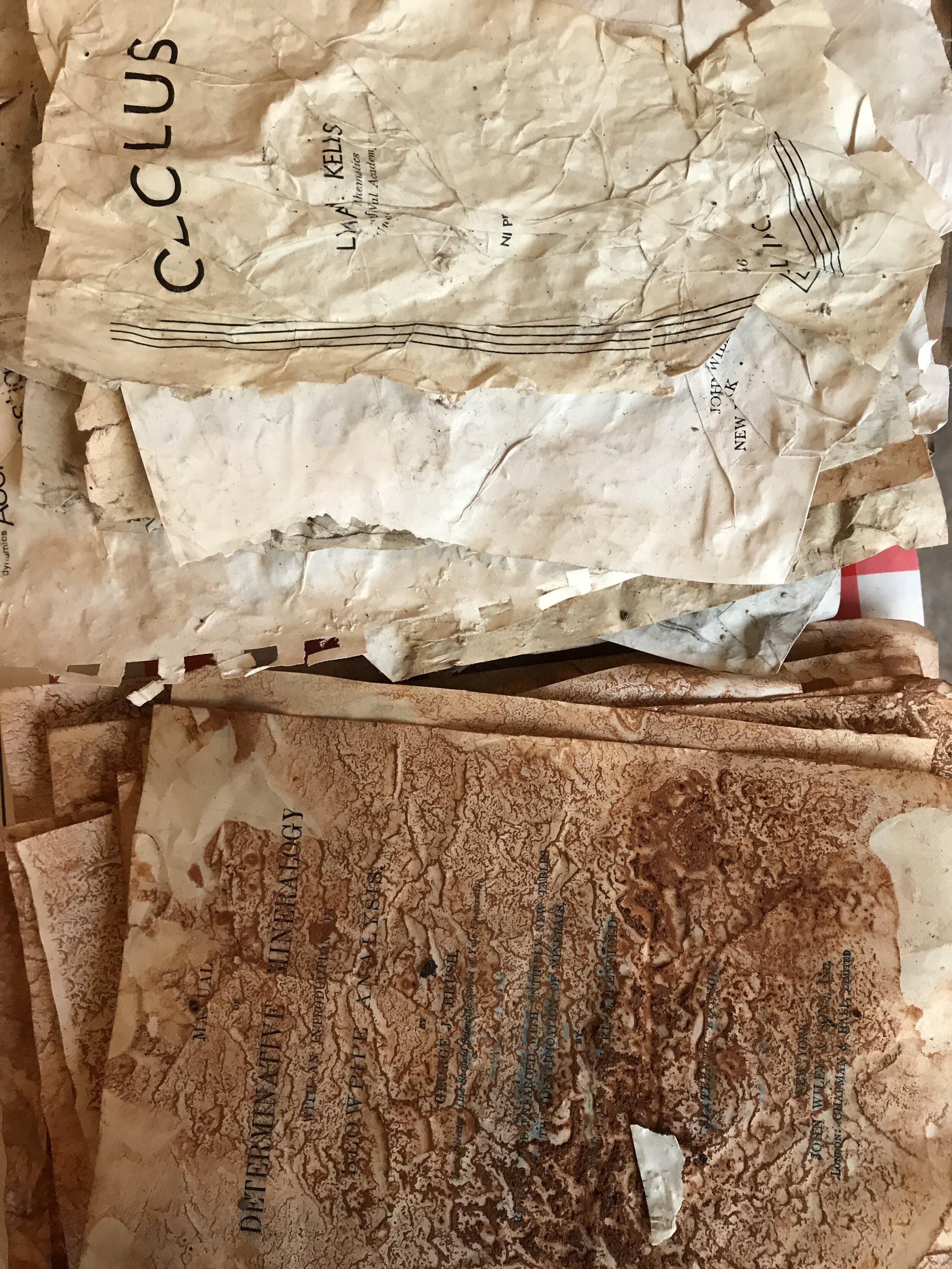So if we have good communication,
I tried and now I see it’s been many months since my last post. A challenging year filled with uncertainty, living through a pandemic, fire season & evacuees, racial injustices and an election many will not forget.
I found solace entering my studio each day. Slowing down with fewer distractions revealed unexpected silver linings such as unstructured time to listen beyond the projects in front of me. To echoes from previous experiences for example, remembering a residency six years ago at Haystack in Maine, where I discovered two useful tools, a scroll saw and a laser cutter, that would enable me to further develop cuttings. I purchased a scroll saw upon my return knowing how I wanted to use it. The laser cutter was a bigger investment and one I didn’t make since I wasn’t as sure about its usefulness. I did investigate places where I might rent one, if the need became apparent.
What I didn’t expect was one coming to me during this auspicious time, from my son whose employer had two sitting around not being used. And my need had become apparent as I was working with plexiglass on a collaborative project with Catherine Richardson, Materiality Re_Mined; The Cell Phone Looking at Itself, scheduled to be exhibited at the Seager Gray Gallery in July of 2021.
Look for more on this exhibition in posts to follow in 2021. And yes, the laser cutter was invaluable.


